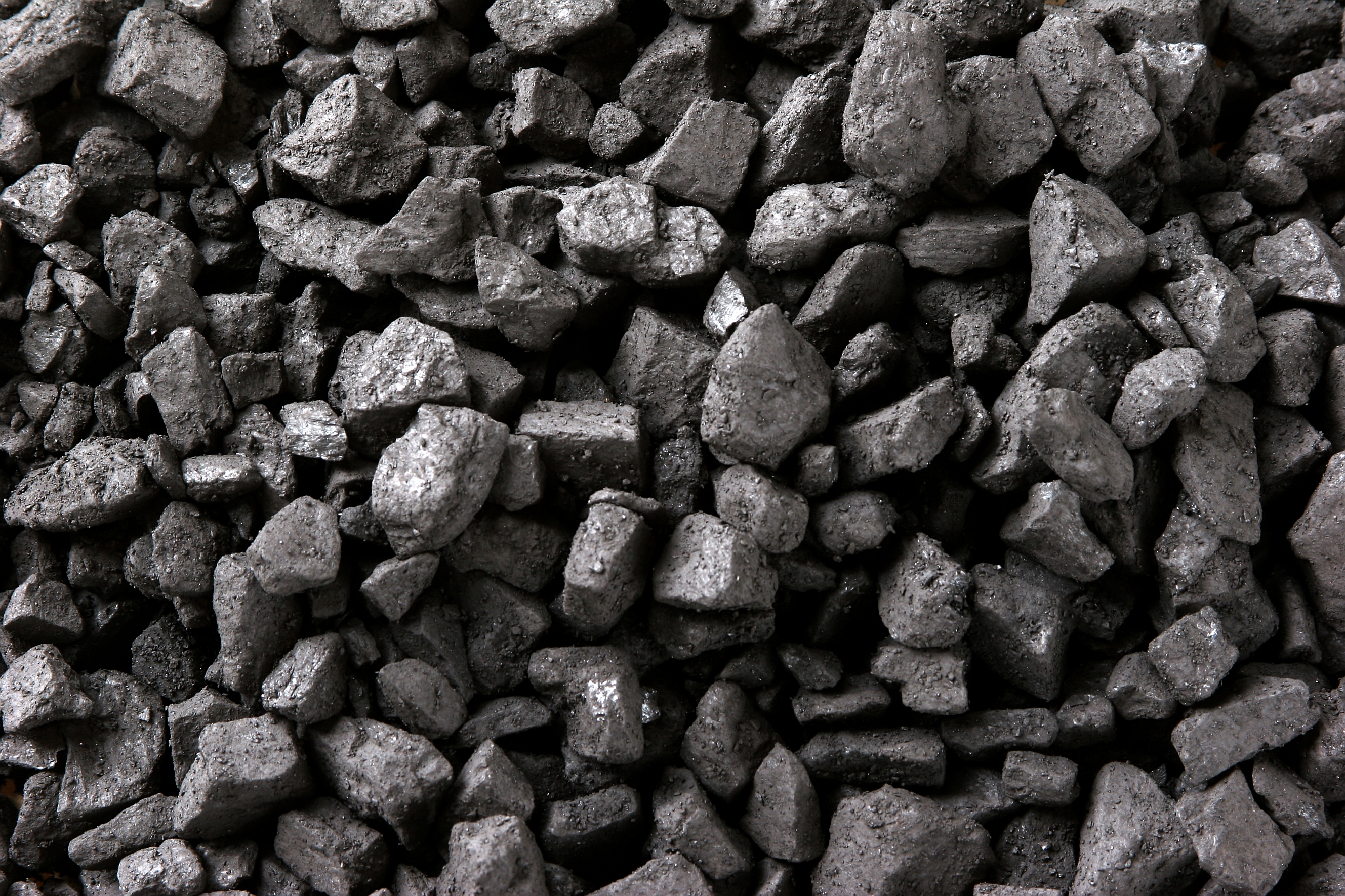
Carbon dioxide (CO2), released by activities like burning of fossil fuels such as coal, oil, and natural gas, is one of the biggest contributors to the greenhouse effect, responsible for global warming. Over the years, scientists have come up with several innovative solutions to capture the polluting gas. However, none have been practical enough to implement on a large scale. Now, researchers at RMIT University in Melbourne, Australia believe they may have finally found a feasible way to reduce atmospheric CO2 – turning the gas back into coal!
"While we can't literally turn back time, turning carbon dioxide back into coal and burying it back in the ground is a bit like rewinding the emissions clock," said study co-author Dr. Torben Daeneke.

The idea of transforming CO2 into coal has been contemplated before. However, the metal catalysts - compounds that accelerate the chemical reactions - used to convert the gas into solid carbon only work at temperatures above 1,112 degrees Fahrenheit (600 degrees Celsius). In addition to being expensive, the high amount of energy needed for the conversion defeats the purpose of the exercise altogether. Additionally, the catalysts also tend to quickly clog from the carbon deposits, making them ineffective for long-term use.
To find a viable solution, the RMIT researchers began by creating a liquid catalyst - a mix of gallium, indium, and tin. To speed up the alloy's chemical reaction, the mixture was infused with catalytically-active cerium. The scientists than piped pure CO2 into the glass tube and zapped it with a jolt of electricity. The combination of the cerium and energy converted the gas into solid carbon, releasing only pure oxygen.

Additionally, the carbon flakes float away and settle along the sides and bottom of the liquid metal, leaving the cerium clog-free to continue its work. While the researchers, who published their findings in the journal Nature Communications on February 26, 2019, are not sure how the conversion happens, they suspect it's a multi-stage process, which involves the cerium reacting with oxygen, CO2, and water.
Bert Weckhuysen, a chemist at Utrecht University in the Netherlands, calls the study's results “novel” and “quite nice.” The researcher believes the carbon produced could be used to create materials for a variety of things, including battery electrodes, tennis rackets, and even airplane wings.
Whether the laboratory experiment can be replicated on a scale large enough to make a difference to our environment remains to be seen. But Dr. Dorna Esrafilzadeh, a doctoral fellow at RMIT University who spearheaded the research, is optimistic. The researcher says, “By using liquid metals as a catalyst, we’ve shown it’s possible to turn the gas back into carbon at room temperature, in a process that’s efficient and scalable. While more research needs to be done, it’s a crucial first step to delivering solid storage of carbon.”
Resources: phys.org, sciencemag.org,nature.com
